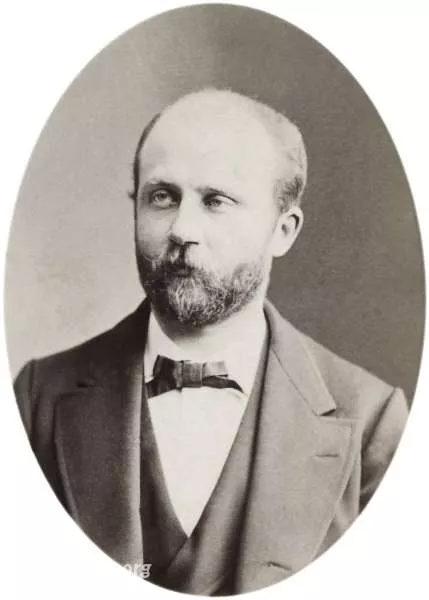
Timeline
Title
Country/Nationality
Gaston Maspero
Sir Gaston Camille Charles Maspero was a French Egyptologist known for popularizing the term "Sea Peoples" in an 1881 paper.
Maspero's son, Henri Maspero, became a notable sinologist and scholar of East Asia.
Gaston Maspero was born in Paris in 1846 to Adela Evelina Maspero, born in Milan in 1822, daughter of a Milanese printer, and of an unnamed father, but identified by family tradition with Camillo Marsuzi de Aguirre, Italian revolutionary on the run. He was educated at the Lycee Louis-le-Grand, Jesuit boarding school and university at the École normale.
At university he excelled in Sanskrit as well as hieroglyphics. It was while Maspero was in final year at the École normale]] in 1867 that friends mentioned his skills at reading hieroglyphics to Egyptologist Auguste Mariette, who was in Paris as commissioner for the Egyptian section of the Exposition universelle.
After leaving university Maspero spent a short time in assisting a gentleman in Peru who was seeking to prove an Aryan affinity for the dialects spoken by the Quechua of that country to publish his research, but in 1868 Maspero was back in France at more profitable work. In 1869 he became a teacher (répétiteur) of Egyptian language and archeology at the École pratique des hautes études,
Maspero fought in the defence of France in the Franco-Prussian war of 1870-71 and was granted French citizenship in recognition of his service. In January 1873 he presented the first doctoral thesis on Egyptology in France. In 1874 he was appointed to the chair of Champollion at the Collège de France, succeeding Emmanuel de Rougé.
Maspero also set up a network of local museums throughout Egypt, including a new larger Cairo facility, to encourage the Egyptians to take greater responsibility for the maintenance of their own heritage by increasing public awareness of it. In 1912 he also succeeded where his predecessors had failed in the introduction of a series of anti-looting laws.
Following his return to France Maspero was elected perpetual secretary of the Académie des inscriptions et belles-lettres on 24 July 1914. Following his retirement he had a heart attack, from which he never fully recovered and while attending a session of the Académie on 30 June 1916, he fell ill and died on his bench. He was interred in the Cimetière du Montparnasse in Paris.
Books by Gaston Maspero
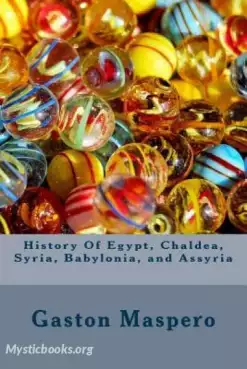
History Of Egypt, Chaldea, Syria, Babylonia, and Assyria, Vol. 1
History Of Egypt, Chaldæa, Syria, Babylonia, and Assyria is the masterwork of one of the fathers of modern egyptology. This work, in twelve volumes, was translated from the French original, “Histoire ancienne des peuples de l'Orient classique” and pu...
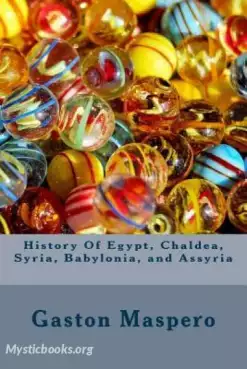
History Of Egypt, Chaldea, Syria, Babylonia, and Assyria, Vol. 2
History Of Egypt, Chaldæa, Syria, Babylonia, and Assyria is the masterwork of one of the fathers of modern egyptology. This work, in twelve volumes, was translated from the French original, “Histoire ancienne des peuples de l'Orient classique” and pu...
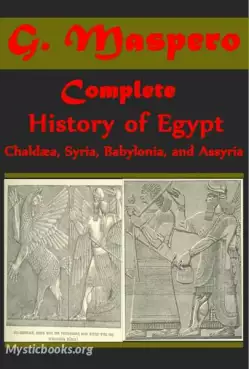
History Of Egypt, Chaldea, Syria, Babylonia, and Assyria, Vol. 3
History Of Egypt, Chaldæa, Syria, Babylonia, and Assyria is the masterwork of one of the fathers of modern Egyptology. This work, in twelve volumes, was translated from the French original, “Histoire ancienne des peuples de l'Orient classique” by E....
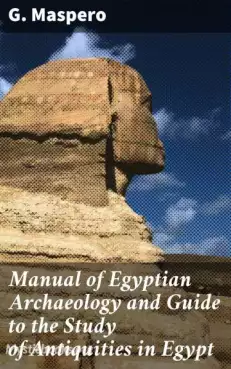
Manual of Egyptian Archaeology and Guide to the Study of Antiquities in Egypt
A handbook of Egyptian archaeology, issued by the British Museum, considered suitable for British tourists traveling to Egypt in the 19th Century.
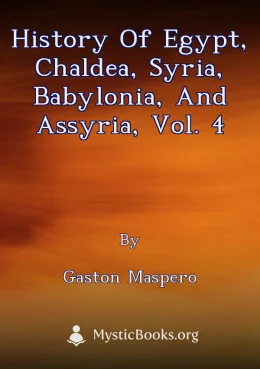
History Of Egypt, Chaldea, Syria, Babylonia, and Assyria, Vol. 4
This book is a comprehensive study of the ancient history of Egypt, Chaldea, Syria, Babylonia, and Assyria. It was written by Gaston Maspero, one of the fathers of modern Egyptology. The book is divided into twelve volumes, and this fourth volume cov...